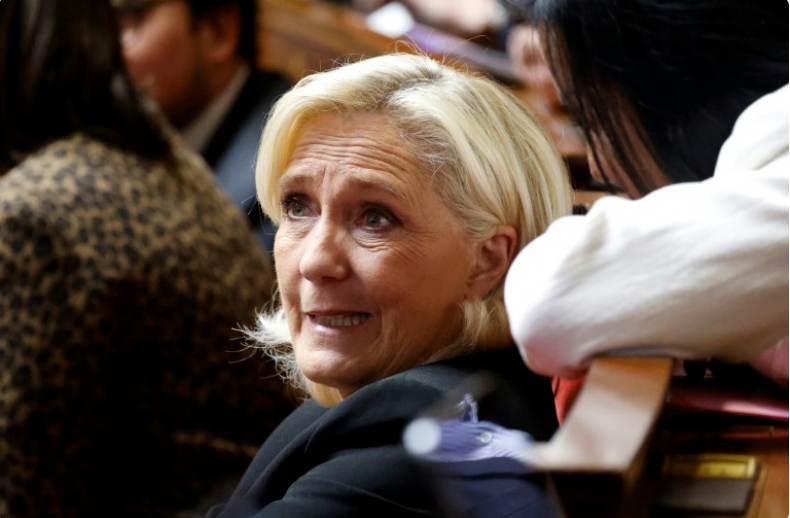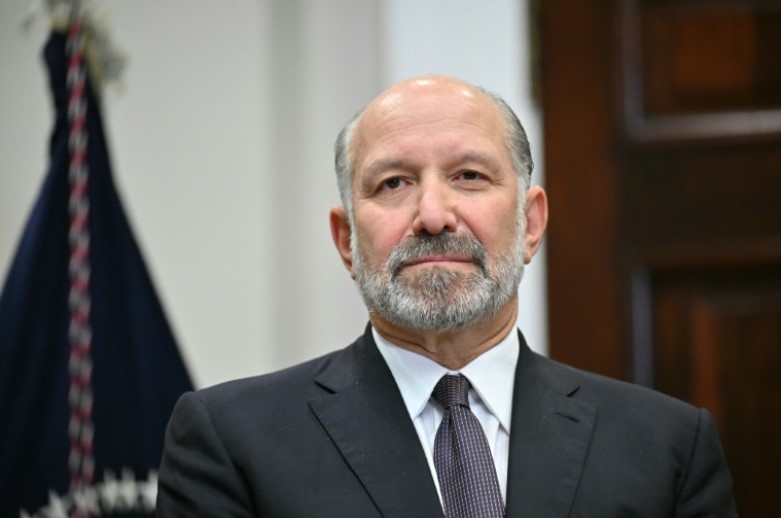US signals potential U.S. tariffs exemptions on Canadian, Mexican steel, aluminum
WASHINGTON – U.S. Commerce Secretary Howard Lutnick said an announcement regarding tariffs on Canada and Mexico was expected later on Wednesday, offering specific sectors like automobiles a sign of respite as the steep tariffs took effect a day earlier.
President Donald Trump’s pointed 25 percent tariffs on US imports from Canada and Mexico — with a lower rate for Canadian energy — took effect Tuesday, sending global markets on a wild drop and icing relations between the neighbors.
Ottawa quickly announced countervailing tariffs, though Mexican President Claudia Sheinbaum said her answer would be made at a mass rally on Sunday.
The US president has so far nominally blamed illegal immigration and fentanyl trafficking when rolling out the measures, though he often berates his Chinese counterpart over supposed trade imbalances when addressing it.
The tariffs are expected to hit some sectors, including automobiles, particularly hard, as parts cross North American borders several times during the production process.
Trump is considering “offers” from both Canada and Mexico, Lutnick told Bloomberg Television on Wednesday.
He added that he expects an announcement Wednesday afternoon.
Lutnick ruled out the prospect of eliminating the levies entirely but said Trump was considering market segments in which he could offer temporary relief.
“The president makes the decision,” Lutnick said. “But our expectation is that it’ll be categories.”
“It’ll be 25 percent but it won’t, there’ll be some categories that won’t be — It may well be autos, could be other as well,” he said.
In his first term, Trump renegotiated a free trade agreement with Canada and Mexico, which he onceaped was the “most fair and balanced and beneficial trade agreement” in the history of the US.
‘Other trading partners’ –
At her morning press conference Wednesday, Sheinbaum said Mexico needs to make “important decisions for the future of the country,” and, “if necessary, other trading partners will be sought.”
She expressed a preference for a negotiated solution and said she expected to speak with Trump by telephone on Thursday about the tariffs.
She promised retaliatory action and called for supporters to gather in Mexico City’s main square on Sunday to learn how her government would respond.
In addition to the steep tariffs that were imposed on Canada and Mexico, Lutnick has continued to insist Wednesday that broader reciprocal tariffs — targeted to the United States’ entire slate of trading partners — are still due on April 2.
The levies could have a wider impact on Mexico and Canada, as they pertain to their trade as a whole with the United States, he said.
Trump has threatened “reciprocal tariffs” on friends and foes to address practices he might consider unfair.
Some of these roles could be available as soon as possible while others might take “over a month or two to come online,” Lutnick told Bloomberg.
This week, Trump also signed an order increasing another tariff on Chinese imports from 10 percent to 20 percent, also over the country’s alleged role in illicit fentanyl arriving in the United States.
The new US taxes stack on top of previous ones on a range of Chinese products.
Beijing responded immediately, denouncing Washington’s “unilateral imposition” of levies and vowing that it would place 10 percent and 15 percent tariffs on a list of American agricultural imports.
Economists say the threat from tariff increases is that they would choke off economic growth and exacerbate inflation in the largest economy.
The escalating trade war could further complicate Trump’s stated goals of delivering cost of living relief to families.










